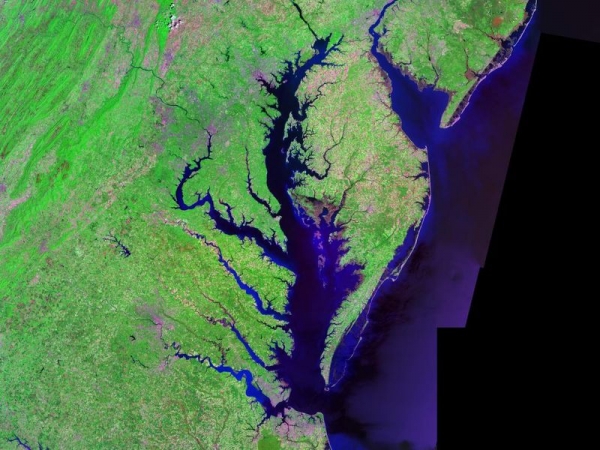This year’s Chesapeake Bay “dead zone” was the 10th-smallest observed since 1985, according to findings released today by the Chesapeake Bay Program and its partners, including the University of Michigan.
The annual Chesapeake Bay dead zone is an area of low oxygen that forms in deep waters when excess nutrients, including both nitrogen and phosphorus, enter the water through polluted runoff and feed naturally occurring algae.
The findings announced today are on par with the forecast that researchers released in June, which estimated a 13% smaller-than-average dead zone due to lower amounts of winter and spring precipitation, which brought fewer nutrient and sediment pollutants into the bay from the surrounding watershed.
The annual forecast is developed by the University of Michigan and informed by data from the Chesapeake Bay Program, Maryland Department of Natural Resources, Virginia Department of Environmental Quality and U.S. Geological Survey.
Read more at University of Michigan
Image: Satellite (Landsat) picture of Chesapeake Bay (center) and Delaware Bay (upper right) - and Atlantic coast of the central-eastern United States.(Credit: Landsat/NASA via Wikimedia Commons)


